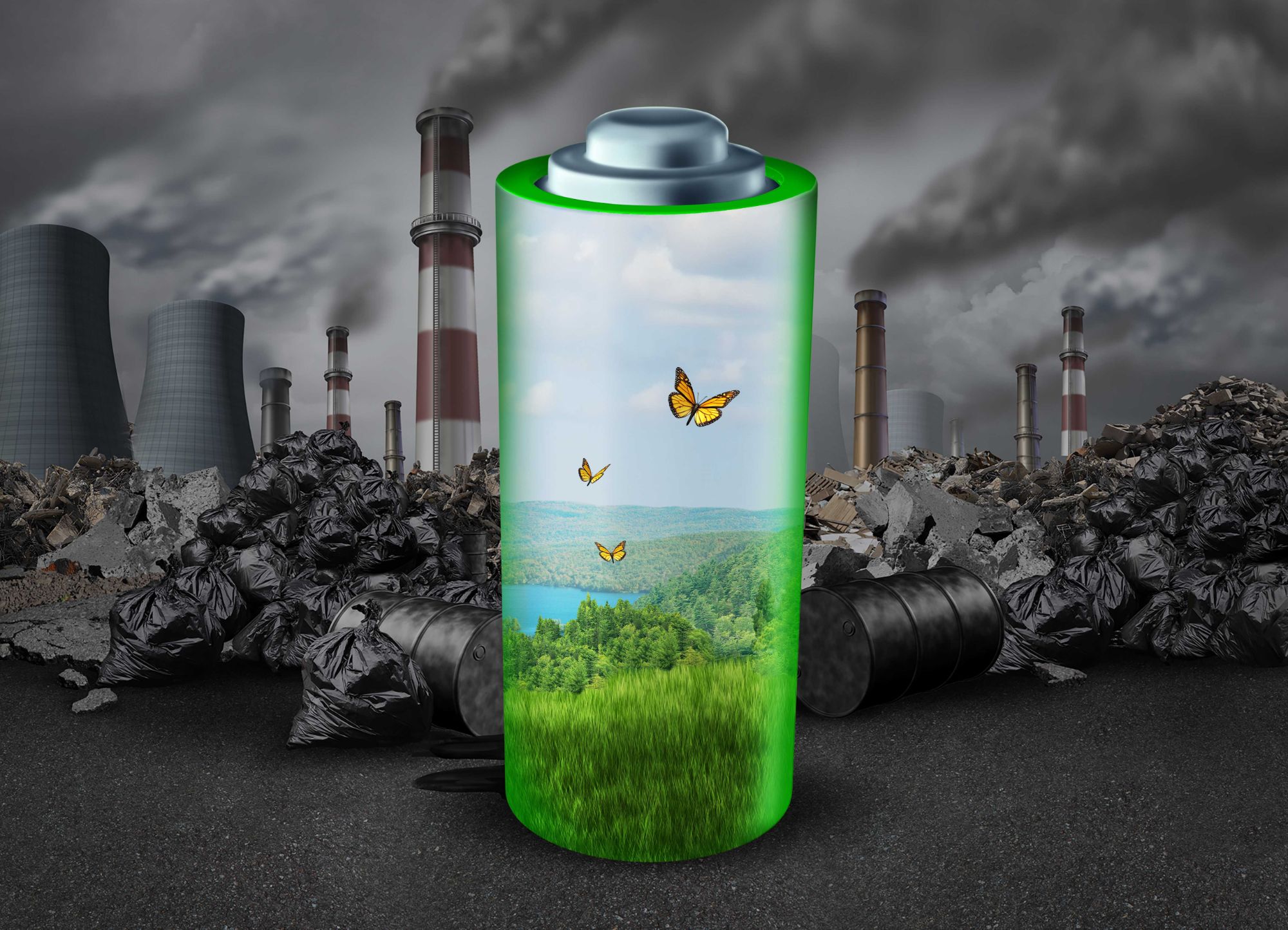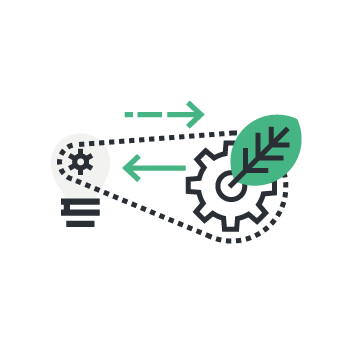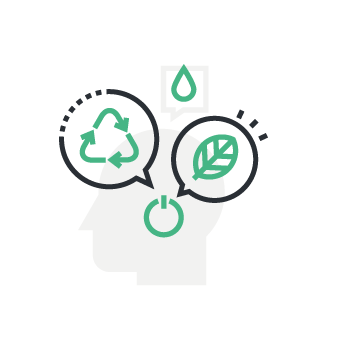
In the second video diary of AES Engineering’s £29 million by 2029 campaign, MD Chris Rea announced that AESSEAL had placed an order for a battery array storing up to 1.2MW. You may be asking why and what are the benefits of this?
Battery storage is sometimes overlooked, but there is a strong argument for saying that it is currently one of the best choices for cutting energy waste in a sustainable manner, while also providing back-up in case of power cuts, and cutting energy bills.
A large battery array storage system can charge from the electricity grid during the off-peak hours of the day or night when the generation mix provides a lower carbon intensity and discharges back to site when it is required. This is particularly effective when combined with onsite renewable generation from Solar PV panels. The energy generated from the panels will also be stored in the battery when supply exceeds demand. It is estimated that this could provide a 50% carbon reduction for each kWh stored and redelivered to the site.
As described by Dr Alex Mardapittas of Powerstar, ‘the CO2 content of the electricity during the day time is 100% more than the CO2 content during the night time. Therefore, storing energy in the night and using it during the day is extremely green and will reduce the real CO2 of your factory significantly.’
All electricity purchased by AESSEAL is green, therefore there will not be a CO2 reduction for the businesses’ Scope 2 emission calculations. That being said, the amount of green electricity that needs to be purchased will drop, providing other organisations the opportunity to switch from brown to green electricity. This is a good starting point for those businesses wanting to reduce their own Scope 2.
Large battery arrays also iron out any peaks and troughs in the supply and the cost of energy. As we all know, energy prices are on the rise, but the battery array will protect the business from further increases. AESSEAL already operates with a battery array to act as an Uninterruptible Power Supply (UPS), preventing power outages and continuing to keep machines running and safe. The latest investment does double duty by acting both as a UPS and a large storage system
There is even a ‘profit’ to be made when buying the electricity inexpensively and selling it back to the grid at peak times. The current system at AESSEAL has returned an average of £55,000 a year. Batteries make good business sense and form part of the £29 million by 2029 investment.

Follow the journey and keep up to speed with the updates in our Betterworld.Solutions magazine and the #29millionby29 campaign on Chris Rea’s LinkedIn.



